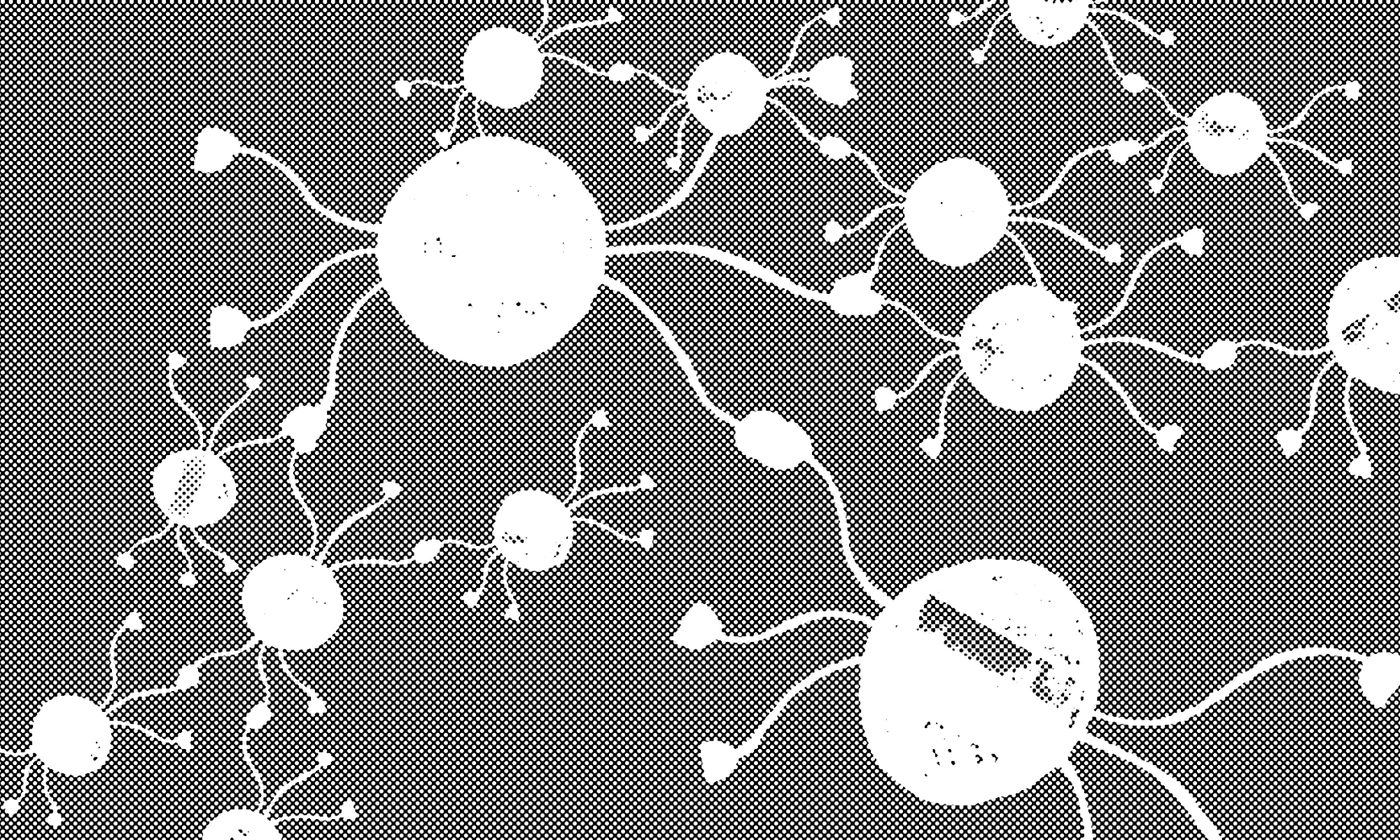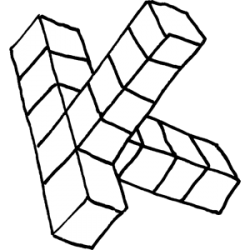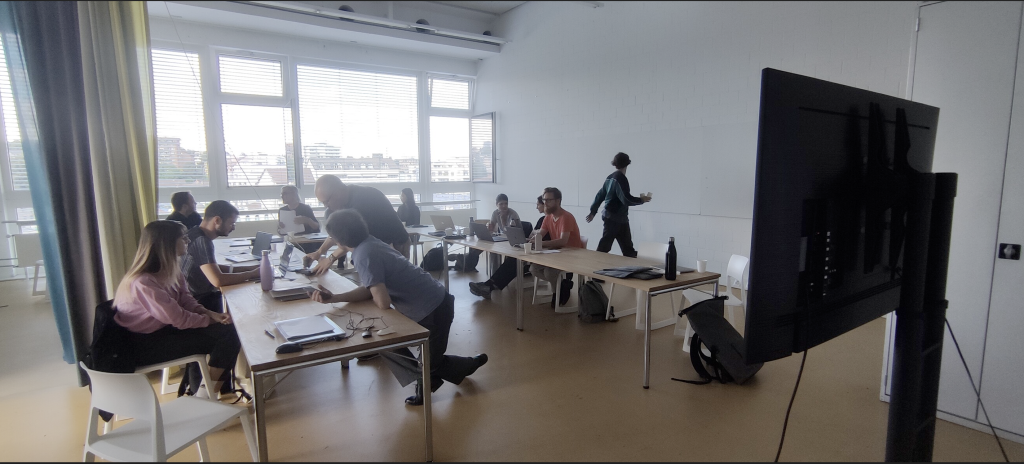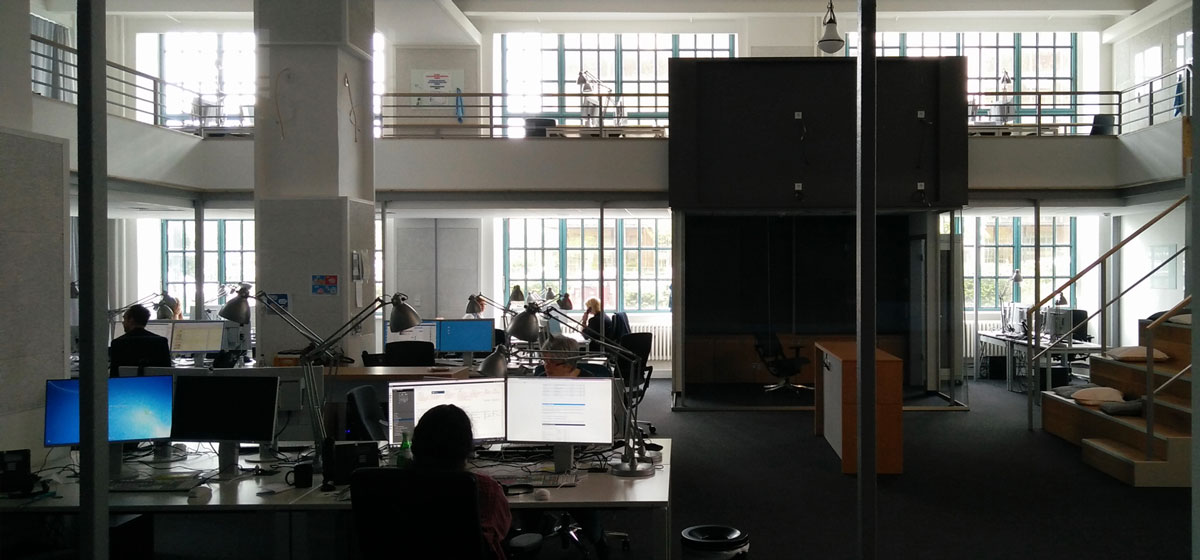In this text I want to contrast what I have observed in journalism with what I observe in areas of YouTube from the perspective of someone, who made interactive documentaries for quite some time.
I am looking at areas of YouTube in the context of documentary, building of the definition of i-docs by Judith Aston and Sandra Gaudenzi who say that:
“Any project that starts with an intention to document the ‘real’ and that uses digital interactive technology to realize this intention, can be considered an interactive documentary.”
I think that interactive documentary formats (like for example on YouTube) accelerate the trend to an increasingly multi-perspectival, what Gaudenzi calls “negotiation, that a society has with reality”.
Or in simple terms, I think that YouTube & Co have the potential to help us, in the long term, to become more nuanced – and as a consequence – more tolerant, more accepting, less judgmental – and more open to new ideas. This, I think, might increase our ability to collaborate and become more creative in finding solutions, for the problems, that torment us.
I think, that it is already recognizable, that connected individuals and societies develop an increased acceptance for complexity. And I suggest, that this has to do, with the interactive and conversational structure of these media formats and the increased multidirectional flow of information.
I have been working in the newsroom of an international TV-news-broadcaster for more than 20 years. My job was called ‘picture editor’ or ‘image producer’, I was responsible for still images and graphics mainly for television (and sometimes social media). I was just just a cog in the wheel of producing news and documentary pieces, that were then broadcasted into the wider world.
I was helping journalists, who were considered to be the authors, to produce news artifacts. In this little text, I want to focus on the concept of “objectivity” – in the news-room, at which I got an inside perspective for more than 20 years. I want to compare that to habitual methods, that I see developing within interactive documentary and YouTube.
I see similarities between Korsakow (that is the think I invented and used to structure my own interactive documentaries) and YouTube, that I consider to be more interesting, than the differences, that certainly also exist.
This is to say: I think, I see something in YouTube, that I so clearly sense, because of my experience in interactive documentary. I would say – my brain got wired through Korsakow. And similar to me, having my thinking shaped by Korsakow, I recognize people on YouTube, that have their thinking shaped by YouTube – in a quite a similar way.
“Objectivity” was a concept, that came up regularly in the news-room over all these years. And the concept of “objectivity” of course also came up, in the context of me making “interactive documentary”. According to Lorraine Daston and Peter Galison (2007), the pursuit of objectivity, is one of the three basic scientific virtues (along with truth-to-nature and trained judgment), objectivity is considered a measure of quality in science and it certainly is considered to be a measure of quality, among the journalists in the news-room I was working in. Journalists tried to achieve ‘objectivity’ by reporting the things ‘as they were’, or at least as they looked to them, through the eye of a camera’ and not so much ‘as they, the journalists, perceived them’. With this approach they claimed to archive an ‘objective perspective’.
I took a different approach in my interactive documentary making, a different approach to that of the journalists in the news-room, but a similar approach to what I now often find on YouTube. I described reality as the thing that I saw, by describing reality from my subjective perspective.
I would argue that an ‘objective perspective’ in the sense the journalists usually claimed, a perspective at the thing somehow without a position from which it is looked at, does not exist. Reality can not be looked at from the outside, which is what an objective perspective would theoretically need. You can only look at reality from within reality. You can not look at reality from the outside, because – where should that be?
An “objective perspective” can in my opinion only be a fabrication.
Within reality there are many viewpoints from which to look at a thing. And only if one knows, from which perspective something is looked at, it can be seen in context with other perspectives, that almost certainly will not describe the thing in focus, the same way.
A subjective perspective without an agenda, this is what I increasingly see developing on YouTube & Co. In the title of this text I called this a “neutral perspective” and I would like to discuss with you, if this is a helpful term.
With “neutral” I mean, that the goal is to avoid classification, for example into good or bad – to avoid moral judgement. Maybe a paticual author on YouTube (or in Korsakow) has an opinion – of what is good or bad – but then the author makes this opinion clear and then focusses primarily on the arguments of people with different opinions, not in a way, that makes the arguments of the author stronger, as I so often observe not only in journalism – but to gain understanding for these other arguments and their resulting opinions.
To be clear, I am not talking about all authors on YouTube, but a particular kind of authors that are active in this kind of genre that I see developing on YouTube and in the realm of podcasts (Like for example Rezo, Lex Friedman, Sam Harris, Struthless and if you know more, please let me know down there in the comments!.
This in a way is not a new method: scientific methods usually work that way.
This is why I think this is important
I start with two very simple assumptions:
- The process of making a documentary artefact (like for example a documentary film, a news piece, a podcast, a YouTube-clip), influences the documentary artifact, that is made, in this process (Ok, this is obviously obvious, please don’t scream – point 3 gets interesting.)
- Documentary artifacts, have the potential, to influence the thinking, of the recipients of these artifacts, in a particular way. (Also kind of banal: you get influenced, I get influenced, we all get influenced by stuff we see/hear).
- The process of making must therefore have an influence, on the thinking of the recipients.
So this – as simple as it sounds – seems to me often overlooked. The “how” – how we communicate – if confrontative or seeking to understand, shapes the shared world, too – not just the facts. This is why I consider it to be so very important also on how we get to our understanding of the world.
To be (maybe overly) clear here, I consider myself to be a constructivist. This means that I consider the world to be at least to a significant extent to be the result of the communication, that takes place between people, what they agree on and what then becomes the shared reality.
“Netral perspective” is a friendly way to negotiate the world
So what is the trick? How is this “neutral perspective” achieved for example YouTube or Korsakow?
I consider the main ingredient to be what Cyberneticians like Heinz von Foester calls “observing the observer” and “Second order Cybernetics”.
And that, I would like to describe in the following way: “If one wants to get understanding of a thing (or topic, or question), it makes little sense to get a description of that thing without understanding the perspective, from which that thing was described.”
I assume here, that we all agree, that there are always (and I rarely use superlatives!) multiple perspectives, from which an object could be described accurately, differently and maybe even contradictory.
So how did folks on YouTube get there? Of course, I don’t know how much these authors consulted cybernetics literature, but what I do know – that I didn’t. I applied cybernetics thinking without knowing pretty much anything about Cybernetics (until recently, now I know a bit, a tiny bit).
Looking at my first interactive documentary projects, that develop that ‘neutral perspective’ (and not all my projects do), I noticed a number of similarities in the process of making, similarities I see on YouTube as well. For example, all these projects were to the highest degree self-motivated, that means that I did not have an audience in mind, when I did them, I was the primary audience, and I wanted to look at those topics in the most unbiased way, to get relevant answers, for the questions, that I wanted to get answers for.
Recently I revisited the first three of my interactive documentary pieces, in an auto-ethnographic undertaking, on which I have embarked within my studies:
In retrospect these were the questions that I tried to answer through my projects:
How am I limited in my thinking because of my upbringing?
[small world], 1997 (project only still works on PC)
Am I in danger of becoming addicted to alcohol?
[korsakow syndrome], 2000 (offline)
How can I identify a good partner in life?
[LoveStoryProject], 2003
Journalists in contrast – at least the ones I observed, constantly seem to consider the audience. This is expressed well in a sentence that I feel I have heard a million times, often, when I suggested an – what we called – info-graphic: “This is too complicated, the viewer does not get that”.
It might feel counter-intuitive to many, to think that YouTubers are not obsessed with their audience. They think about it, too, but it seems different. The YouTubers I look at regularly talk about their audience within the pieces they produce. But they talk of their audience as a source of knowledge and a typical sentence might sound like this: “I am not sure if I described this and that correctly, if you know more, please let me know, down there in the comments.”
In contrast, it is very rare, that journalists speak open about their lack of knowledge. It is widely considered to be unprofessional and a sign, that they did not do their research.
I think, that the difference in considering the audience makes all the difference, when it comes to ‘objective’ or ‘neutral’ perspective.
I would say that ‘neutral perspective’ can only be archived, if the perspective of the author is just one possible perspective, out of many perspectives, that are possibly there in the wider world or in the audience. The author of such a piece therefor needs to locate his or her perspective, make clear from where he or she is coming from to give room to other perspectives.
The ‘objective perspective’ that journalists usually claim in their attempt to make things explicable is decreasing complexity. They usually want to tell the story in simple terms. But to decrease complexity you need to leave out information, that is considered to be dispensable, but who is it to know, what information is truly dispensable? Maybe information is cut off that would have turned out to be important later?
I make an arguement that ‘neutral perspective’ allows a higher level of complexity, it leaves more information intact, but it asks for people and societies have to develop an increased tolerance and resilience for contradicting information.
And I think this is what is increasingly happening?
Do you think that too? – Please let me know down there in the comments!
This text is based on a talk I gave at NECS, conference in Bucharest on June 24th, 2022. The talk was part of the panel “Interactive Epistemologies. New Knowledge Economies in the Context of Interactive Documentaries and Web-Docs”.
Also on the panel were Florian Krautkrämer and Tobias Conradi, two of my three collaborators of interdocs.ch, a research project on interactive documentary that is based at HSLU.
The European Network for Cinema and Media Studies (NECS) is a platform for exchange between scholars, archivists and programmers.





